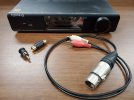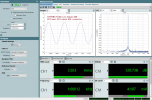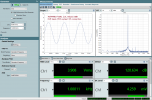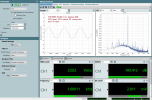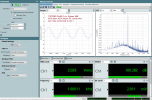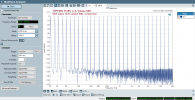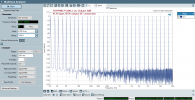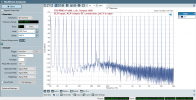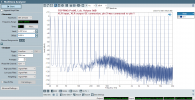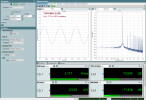I have a problem with Topping RCA in / XLR Out -> Amp XLR in. As opposed to pure RCA signal path, this sound is somehow weak, dynamically constricted, sounds like a a bad copy on cassette from 80s.
Does Pre90 convert the RCA in into a full blown XLR signal, or just pass it somehow trough?
My amp has also RCA in and this way the sound is great, but wanted to get those 3dB better signal and what i got is i dunno 20 dB worse

So it can be 2 things: my Amp XLR in is screwed OR
Pre90 does not really convert RCA in into full scale XLR out.
If the latter case, was i too naive expecting it would do it? I had 2 preamps that did this and it was no problem, RCA in XLR out. They costed also more.
